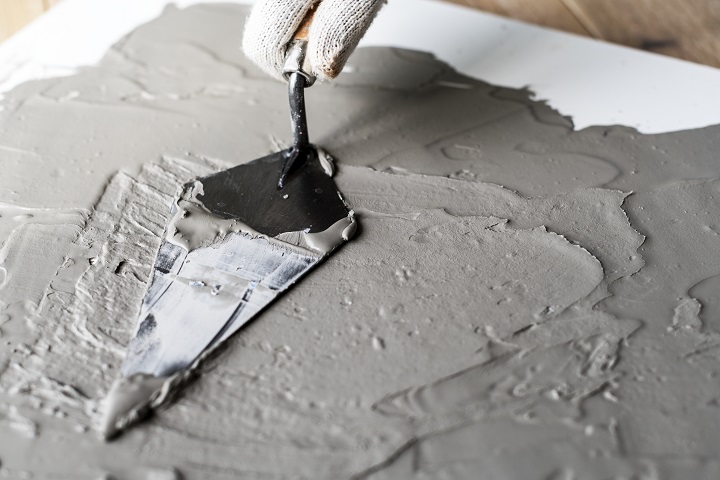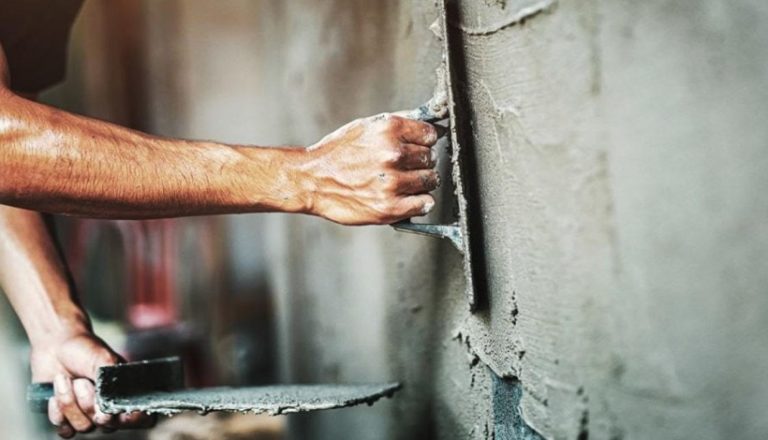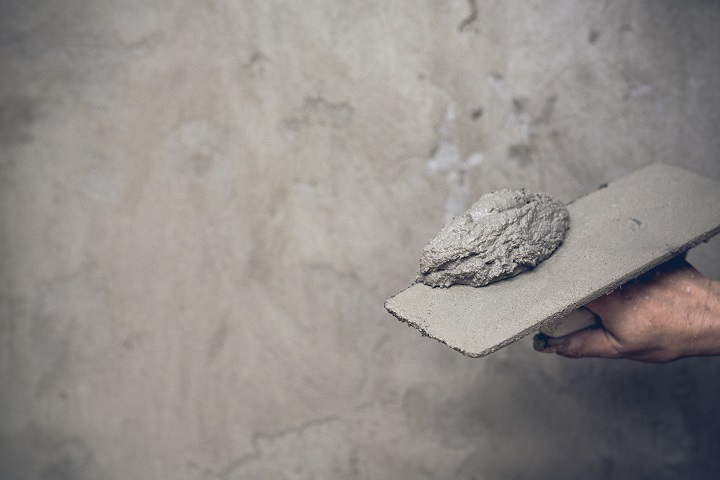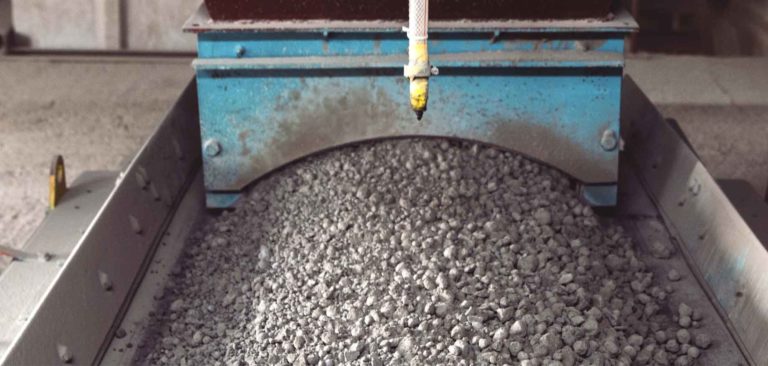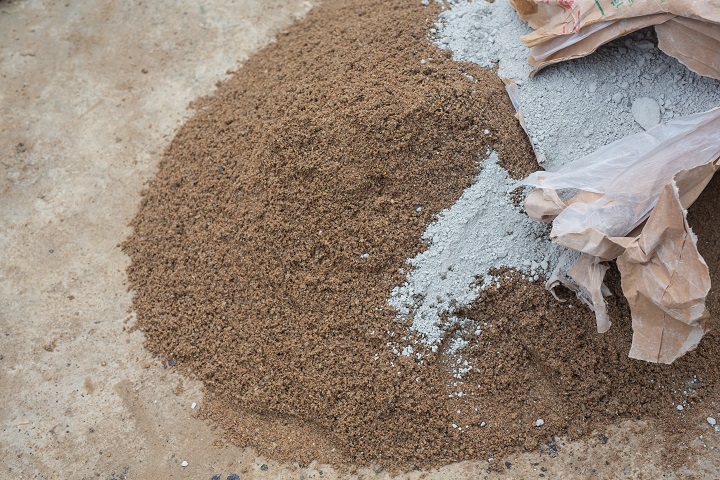How to Check the Cement Quality in Bangladesh?
Good quality cement ensures your desired construction project remains unscathed for years to come. Generally, cement is purchased in bulk and used in all significant aspects of the construction process. Cement is an essential component of the urban infrastructure. It acts as the primary binding agent for concrete and mortar. Cement is also used to manufacture concrete blocks. Its widespread application makes it the world’s 2nd most consumed product, only after drinkable water.
It is absolutely vital that you confirm your construction project is following standard protocols to maintain the use of good quality cement. Poor quality cement can reduce the lifespan of a structure. Your building may require repair work sooner than expected. It leads to wastage of your money, time, and effort.
Furthermore, poor quality cement compromises the safety of the building and poses a threat to the residents. So, one should be adept at checking cement quality. Cement is produced in bulk in manufacturing plants. Good cement brands follow rigorous testing methods to guarantee the quality of their cement. However, cement is a very sophisticated product. Any pollutants, bacteria, air moisture, water, dampness, etc., can ruin cement quality.
Hence, knowing how to check cement quality on construction sites can safeguard your investment. Knowing you cannot perform laboratory-grade tests on construction sites is crucial. But there are some quick and easy methods that you can perform to check the cement quality. Generally, builders and masons carry out these tests before starting to work with a batch of cement.
Even though these tests cannot provide information on all the properties of the cement, they can surely help paint a clear picture of the cement’s strength and overall quality. Here is a guide that can help you to gain knowledge on how to check cement quality.
How to Check Cement Quality?
Generally, you can purchase cement in 50KG bags. So, the first thing that comes to your notice is the cement bag. There are some essential points to check on a cement bag that can tell you about the quality of cement inside it. The following section discusses various quick and easy tests that you can perform to determine the quality of cement. So, apart from construction professionals, you can effortlessly perform these tests to determine whether cement is of good quality or not.

Checking the Manufacturing Date
This is probably the most straightforward test to perform. Cement is a time-sensitive product, which loses its strength over the course of time. It is best practice to consume cement within three months of its manufacturing date. It ensures you get the best quality service from the cement you purchased.
In spite of being packed in bags, cement gradually loses its strength due to the moisture content in the air. So, it is not recommended to use cement older than 90 days. Here is a chart that shows the strength reduction of cement with time.
| Age of Cement | Reduction in Strength |
| 3 months | 20% to 30% |
| 6 months | 30% to 40% |
| 12 months | 40% to 50% |
Source: The Constructor
Look and Feel of Cement
It is not possible to open every bag of cement and check for its look and feel. However, you can randomly pick up some of the bags and open them to perform this test. The color of the cement is a significant indicator of its quality and composition. Good quality cement should be a uniform gray color with a slightly greenish shade. If the cement color shows a dark greenish tint, it may consist of an excess of lime or clay. You can take a scoop of cement on your hand and rub it with your fingers. It should feel like a fine powdery substance. If it feels rough, the cement is mixed with sand.
Checking for the Presence of Lumps
After opening a cement bag, it should be checked for the presence of any lumps. It is a significant test to perform as it can tell if the cement inside the bag has made contact with moisture or not. As discussed earlier, moisture is the biggest enemy of cement. Coming into contact with water starts the hydration process in the cement. Using such cement is not recommended as it cannot achieve maximum strength. So, if you observe any lumps in the cement bag, the whole bag should be rejected. If you find lumps in several bags, you should contact the supplier or manufacturer.
Float Test
If there is an excess amount of dust present in cement, it can dramatically reduce its strength. So, you should be aware of using cement in sensitive parts of the construction project, which is responsible for providing structural rigidity.
You can efficiently perform the float test to identify if an excess amount of dust is present in the cement. You can throw a small amount of cement in a bucket of water. If the cement sinks after it floats for a few minutes, you should not worry. It indicates that the cement is of good quality. If the cement sinks immediately into the water, it indicates the presence of impurities or pollutants that can drastically reduce cement quality. Meanwhile, cement laden with dust will continue to float on the water surface for longer. So, you should avoid using such cement.
Checking Cement Temperature
It is also one of the easiest ways to test cement quality. First, you should take a sealed cement bag and open it. Now, you can insert your hand inside the cement bag. If the substance feels cool to the touch, it indicates no sign of hydration inside the bag. The cement is fresh and ready to use. If you get a warm feeling out of it, make sure to get rid of that bag as it indicates hydration has already started inside the bag.
Checking the Odor of Cement
Be careful while performing the odor test of cement. Sometimes smelling cement up close poses the risk of inhaling the powdery substance, which is harmful to the human body. So, keep a safe distance while taking in the odor. Cement is naturally an odorless substance. If you get an earthy smell from the cement, it indicates the material’s excess clay or sand. It is not recommended to use such cement, as it has reduced strength compared to fresh cement.
Strength Test of Cement
Best quality cement will have adequate strength to support the structure you plan to build. Testing the strength of cement allows you to observe what kind of performance you are getting from the cement you purchased. To perform the strength test of cement, you must prepare a 200mm long block with 25mm width and 25mm height. Then immerse it in water for nearly seven days before placing the cement block on supports 15cm apart. After that, place a weight of around 34KG on the block. If the cement is of good quality, the block will withstand the weight without showing any signs of cracking. If the cement is of poor quality, the block will develop cracks throughout its surface.
Setting Test
To perform this test, you can take around 100gm of cement and a small amount of water. Then make a stiff paste with it. Now, prepare a cake with sharp edges and put it on a glass plate while slowly immersing it underwater in a bucket. It would be best to be careful not to disturb the shape while taking it underwater in the bucket. You have to wait for a day and see if the cake retains its original shape. If the cake has the original shape and is appropriately set to attain some strength, the cement is of good quality. On the other hand, if there is any disturbance to the shape and poor setting properties, these indicate poor cement quality.
Summary
People invest their life-long savings in their dream homes. Naturally, nobody wants any compromises in building it. Cement is one of the most important purchasing decisions you have to make in this journey. Even after purchasing from reputed brands, you must ensure the cement passes the tests discussed earlier. Sometimes, poor storage and handling of cement can cause damage to it. However, reputed cement brands like Mir Cement follow robust quality control methods to ensure their products maintain industry-standard quality. If you feel any doubts about the quality or find any other issues, you can quickly contact the manufacturer and get satisfactory solutions. The key to the durability and longevity of your house is not compromising on the quality of the cement. Good quality cement ascertains a good quality home. So, having prior knowledge on how to check cement quality can aid you in making the best purchasing decisions.
Frequently Asked Questions (FAQs)
Does cement expire?
Ans: It is advised to use cement within three months of manufacturing to attain the best results.
How do you know cement is bad quality?
Ans: You can perform various on-field tests and check cement bags to determine cement quality.
Can I use cement after it gets wet?
Ans: You cannot use cement that has come into contact with water.
Which brand provides the best quality cement in Bangladesh?
Ans: There are many good-quality cement brands in Bangladesh. Mir Cement is one of the best quality cement manufacturers in Bangladesh.
Do I need to hire an expert to conduct field tests on cement?
Ans: Ideally, your builders and masons will perform the tests before using cement. However, you can also perform the tests by yourself.

